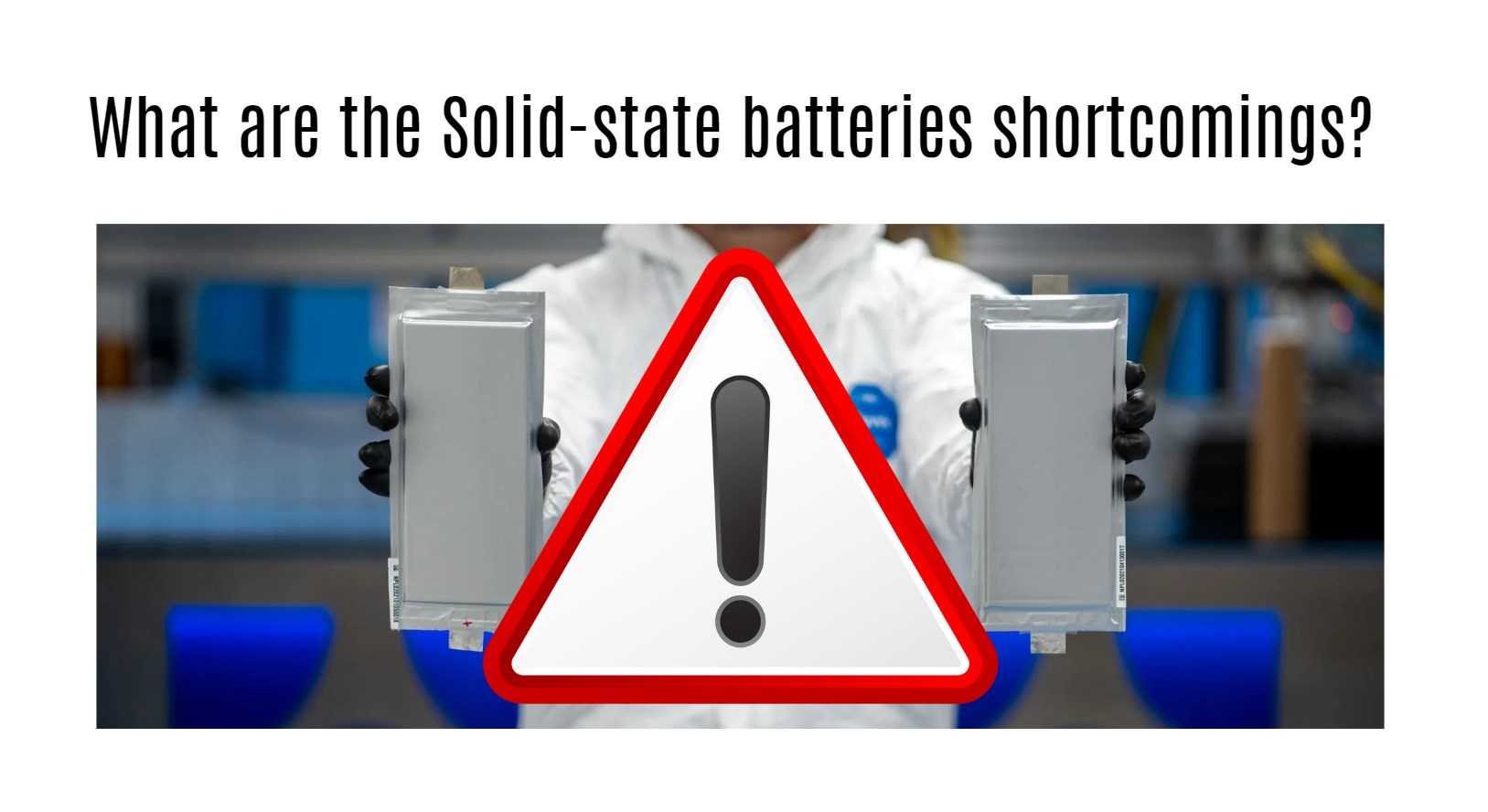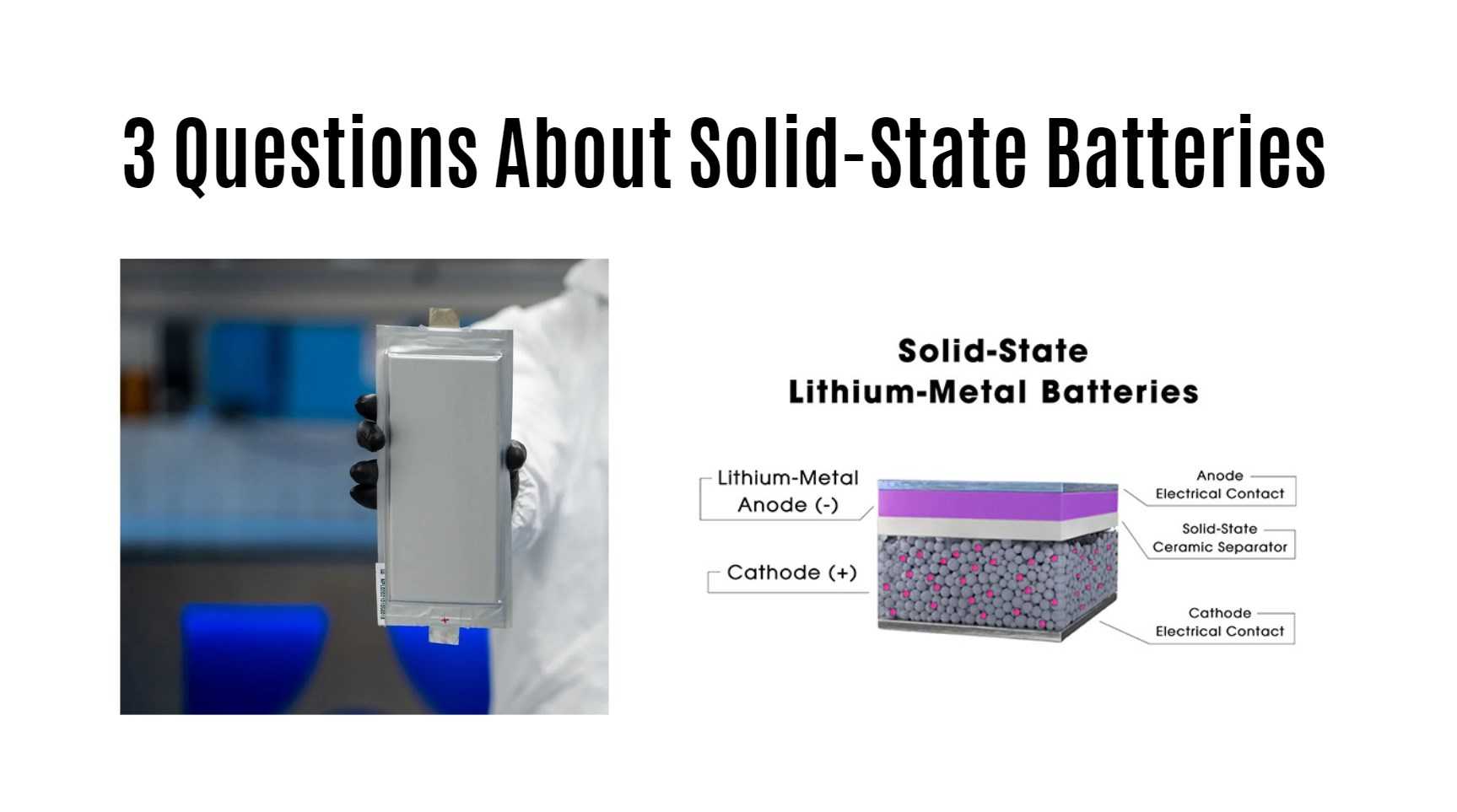“Solid-state batteries are expected to become the ultimate solution for the next generation of power batteries. At present, companies from all over the world have entered the stage of an arms race and are investing in the research and development of solid-state batteries. Once they can be commercialized, they will bring about disruptive changes in the industry.” “In the existing various In the exploration, the most likely to become the next generation of power battery is the solid-state lithium battery.”
Nowadays, the voice of solid-state batteries in the industry is getting louder and louder. Is the commercialization node of solid-state batteries really coming? In terms of technology, what new breakthroughs have solid-state batteries made?
What’s so good about solid-state batteries?
Solid state batteries are a type of battery technology. Unlike lithium-ion batteries and lithium-ion polymer batteries that are commonly used today, a solid-state battery is a battery that uses solid electrodes and solid electrolytes.
Solid-state batteries are considered to be one of the directions of the next generation of batteries. What are the advantages?
One is high security. Since the electrolyte of the solid-state battery is solidified, it does not contain flammable, explosive, or volatile components, which can eliminate the problems of battery smoke and fire caused by battery leakage, and at the same time avoid the formation of lithium dendrites during charging and discharging. potential safety hazards, known as the safest battery system.
The second is high energy density. According to the research report of Oriental Fortune Securities, at present, the energy density of lithium iron phosphate batteries used in the market is about 120-140Wh, the energy density of ternary batteries is about 130-220Wh, and the energy density of solid-state batteries is about 300-400Wh, far beyond the traditional battery.
The third is that the solid-state battery has a wider temperature range and a longer cycle life. The stability of the solid-state electrolyte can slow down the deactivation and degradation process in the battery, which can not only prolong the service life of the battery, but also prevent the electrode dendrite growth of metal lithium, reduce the volume expansion and damage of the electrode, and improve the cycle stability of the battery.
Based on the above advantages, solid-state batteries have been placed high hopes in the industry. Ouyang Minggao, an academician of the Chinese Academy of Sciences and a professor of Tsinghua University, said, “Countless people around the world have invested in the innovation movement of all-solid-state battery technology. With the emergence of ChatGPT technology, the exploration efficiency of new materials has been improved, and the development cycle has been shortened. , through global efforts, all-solid-state batteries can succeed.”
“We found that the papers related to solid-state battery technology published in the world’s top journals are growing exponentially, and the technology is on the eve of commercialization.” Ouyang Minggao said.
According to Sun Xueliang, a foreign academician of the Chinese Academy of Engineering, the window for large-scale mass production and application is between 2025 and 2030. “The next 10 years will be a key period of opportunity for solid-state battery research and development.”
How is the development status?
According to a research report in 2023, it is estimated that the global solid-state battery market space will exceed 300 billion yuan in 2030.
Faced with such a huge market, all countries are actively planning to seize the opportunity. Zhang Yongwei, vice chairman and secretary-general of the China Electric Vehicle 100, said that the United States plans to achieve large-scale mass production of solid-state batteries and lithium metal batteries by 2030; Japan plans to achieve mass production of all-solid-state batteries by 2030; Invest 306.6 billion won to strive to realize the commercial application of solid-state batteries, lithium-sulfur batteries, and lithium metal batteries ahead of schedule; the EU has approved 3.2 billion euros in aid to seven member states participating in the battery project to support battery technology research and project innovation.
Since 2020, my country has listed solid-state batteries as the key development targets of the industry for the first time and proposed to speed up the process of research and development and industrialization. This year, it is further proposed to strengthen the research on the standard system of solid-state batteries.
With the support of policies, my country’s battery companies, vehicle companies, scientific research institutes and other upstream and downstream companies in the industrial chain are conducting research and development and layout, and continuously promoting the industrialization process of solid-state batteries. The Ningde era announced the research and development path of sulfide solid-state batteries in 2016; Guoxuan Hi-Tech started to develop solid-state batteries and solid-state electrolytes in 2017; Honeycomb Energy launched the first batch of 20Ah-level sulfur-based all-solid-state prototype batteries in China in 2022.
In terms of vehicle manufacturers, BYD identified solid-state batteries as the future development direction in 2016, and disclosed the patent of sulfur-based additive all-solid-state batteries in 2021; on May 31 this year, SAIC Motor and Qingtao Energy signed a capital increase and share expansion agreement And the strategic cooperation framework agreement will further deepen the long-term and win-win strategic partnership between the two parties, take the lead in promoting the mass production of solid-state battery technology “100,000 vehicles” in 2025, and rely on the world’s leading innovative technology to build A truly safe, energy-saving, cost-effective “explosive electric vehicle”.
In the capital market, companies related to solid-state batteries are also favored. According to incomplete statistics from Battery.com, up to now, 8 companies in the field of solid-state battery manufacturing in China have obtained 32 rounds of financing. Among them, in 2022, financing in the field of solid-state batteries will be significantly accelerated, and 8 companies will conduct a total of 12 rounds of financing.
“In recent years, China has taken a leading position in the world in the research of quasi-solid and semi-solid batteries. In the field of all-solid-state batteries, China has gradually approached developed countries and has very good development opportunities.” Sun Xueliang said that the next step is to give full play to Advantages, strengthen industry-university-research cooperation, and strive to be the first to achieve a breakthrough in all-solid-state batteries in China.
What are the shortcomings?
Behind the fiery solid-state battery market, there are still many shortcomings that cannot be ignored.
Sun Xueliang said that the advantages of solid-state batteries are safety and energy density, but they still face many challenges such as material issues, interface issues, and engineering issues. “Basic research and development and innovation should be further strengthened, and patent layout should be emphasized.”
In addition to technology, cost is also an issue that must be considered. Some people in the industry said that the cost of all-solid-state batteries will further increase compared with hybrid solid-liquid batteries. On the one hand, it is due to the increase in the amount of solid-state electrolytes. Factors such as depreciation and amortization, lack of product quality control capabilities, and long engineering verification cycles will also increase costs.
According to the calculation of China Post Securities, the current cost of solid-state batteries is more than 30% higher than that of liquid batteries. It is estimated that after large-scale mass production of semi-solid batteries, the cost will be 10%-20% higher than that of liquid lithium batteries.
Zhu Jun, deputy chief engineer of SAIC Group and general manager of SAIC Jieneng Automobile Technology Co., Ltd., said that no matter how high the energy density of all-solid-state batteries is, mainstream electric vehicles still value cost. If semi-solid and all-solid batteries can help mainstream automakers reduce costs, they should be commercially available soon.
In addition, some experts said that at present, the naming and size of solid-state batteries lack clear definitions and specifications. Define, reduce ineffective waste of investment and R&D. On the other hand, based on the current national standards, combined with years of development experience in the industry such as blade batteries and solid electrolyte characteristics, a more streamlined power battery size specification standard should be formulated to help the industry scale development.





